Contractors are warning that the cost of complying with more stringent fire safety requirements on multi-storey timber frame developments could lead to many switching back to traditional construction, writes Michael Glackin.
Use of timber frame building in the UK jumped sharply during the housing boom as contractors sought to speed up construction schedules to meet increasing demand and comply with new environmental requirements.
But a series of fires in recent years on sites where multi-storey timber frame developments were under construction led the HSE to issue more stringent safety requirements in October 2010.
The main emphasis of the requirements is to prevent fires spreading throughout a site, which means contractors must implement a range of temporary fire protection measures during the building phase, increasing costs.
David Stockham, divisional managing director of Balfour Beatty-owned Cowlin Construction, which has just finished a timber-frame scheme at Exeter University, said: “The increased burden of taking measures to comply with HSE fire guidance for timber frame means it is becoming less efficient and less cost effective.”
He added: “In terms of the cost difference between timber frame and block construction I think we are getting close to a tipping point, where traditional construction is actually less expensive, even allowing for the speed of timber frame construction.”
Measures firms have to put in place include employing fire marshalls to patrol buildings round the clock during construction, erecting screens to act as fire breaks between buildings, and installing temporary fire escapes.
David Nimmo, technical and construction director at Stewart Milne Timber Systems, said: “The HSE guidelines have certainly forced companies to think differently about their health and safety management.”
He added: “Our team is continually developing innovative practices to deliver the required compartmentation with minimal cost and time implications. As a timber frame provider, we actively encourage progressive handovers, so if anything, the guidelines have benefited our existing on-site processes.”
Simon Orrells, chairman of the UK Timber Frame Association, said: “We know from our own research that over 80% of UK contractors are concerned about the cost of site security regardless of the build method so this isn’t an issue specific to timber frame. Having said that, if contractors engaged with timber frame manufacturers much earlier in the design process then the cost of site security could be negated by better overall cost management of the build.”
QS Stuart Hill, an associate at Calfordseaden, said: ”Contractors have difficulty in proving compliance with the new HSE guidance. The consequence is that on sites developed under design-and-build agreements it is easier to revert to masonry construction.”



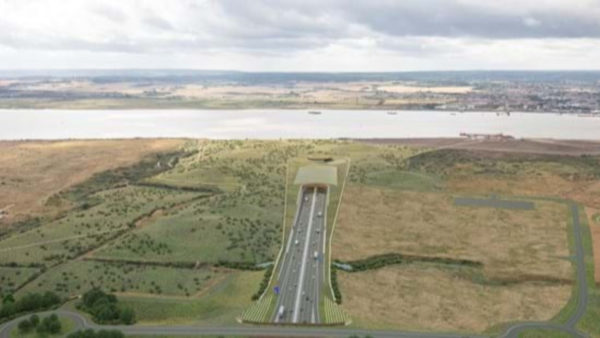
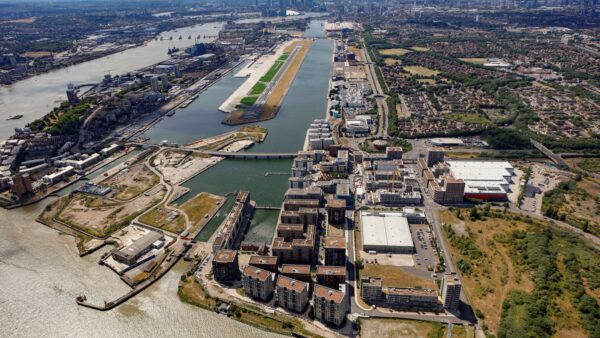
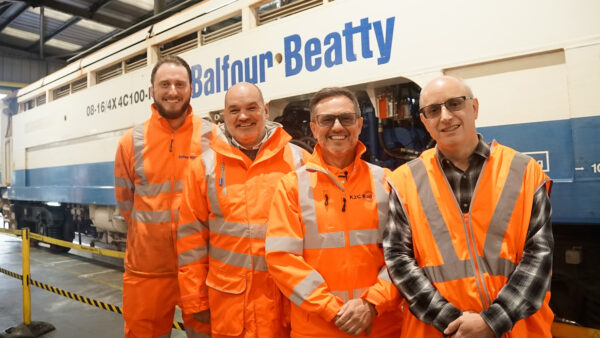
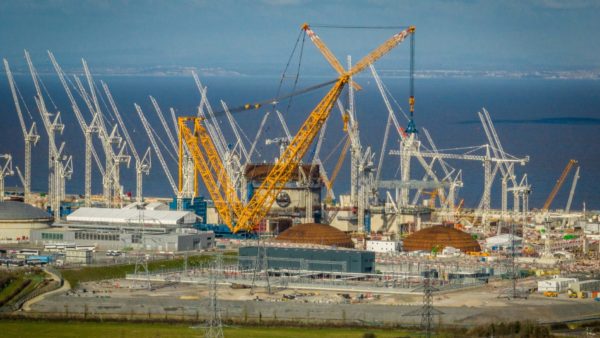


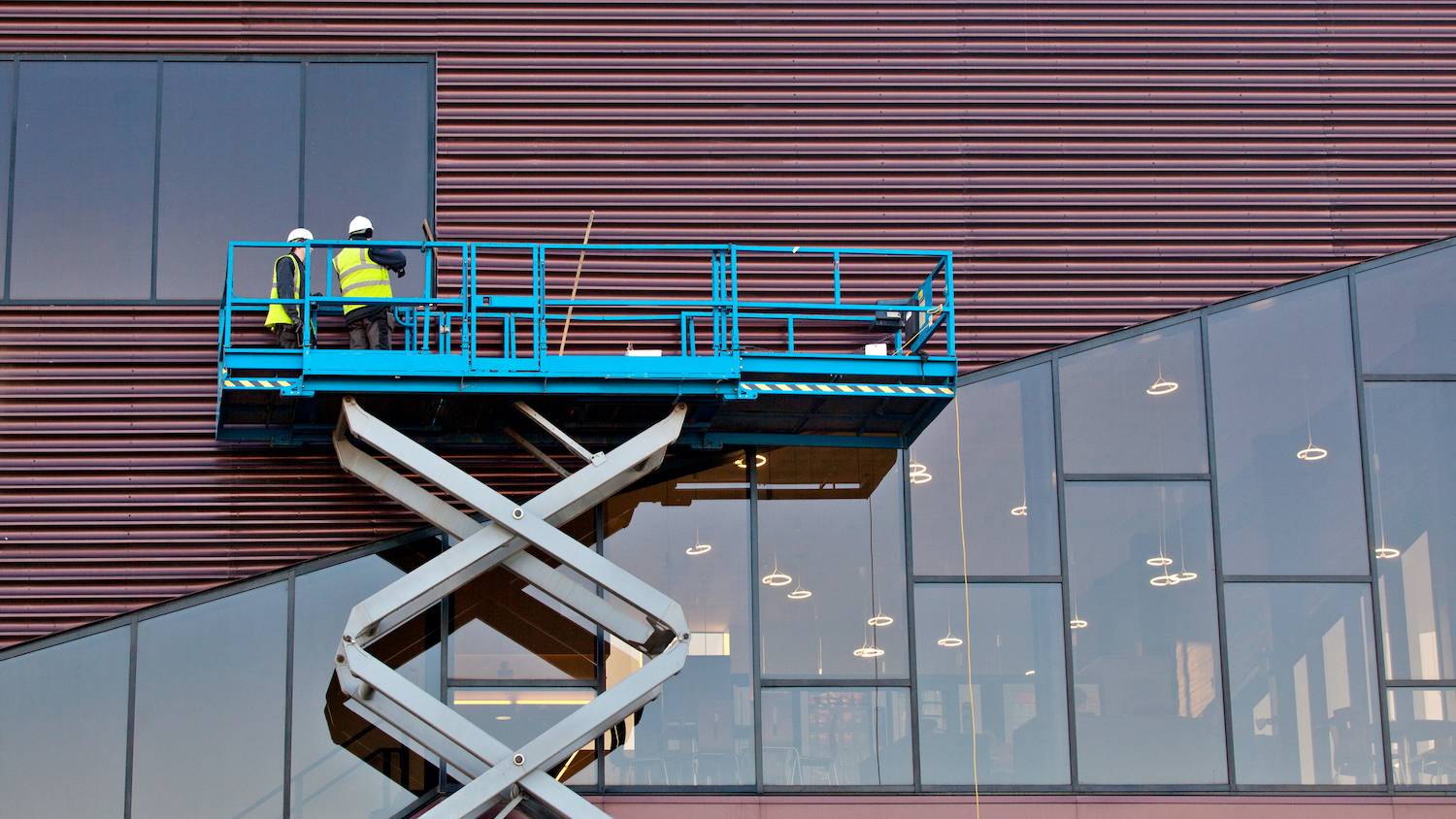

Arson.
What is the cause of these fires? Establish causes and reducing the risk is far better than excessive monitoring costs and then firefighting!
NZ timber-framed building is very common – what is the difference in process between UK and NZ?